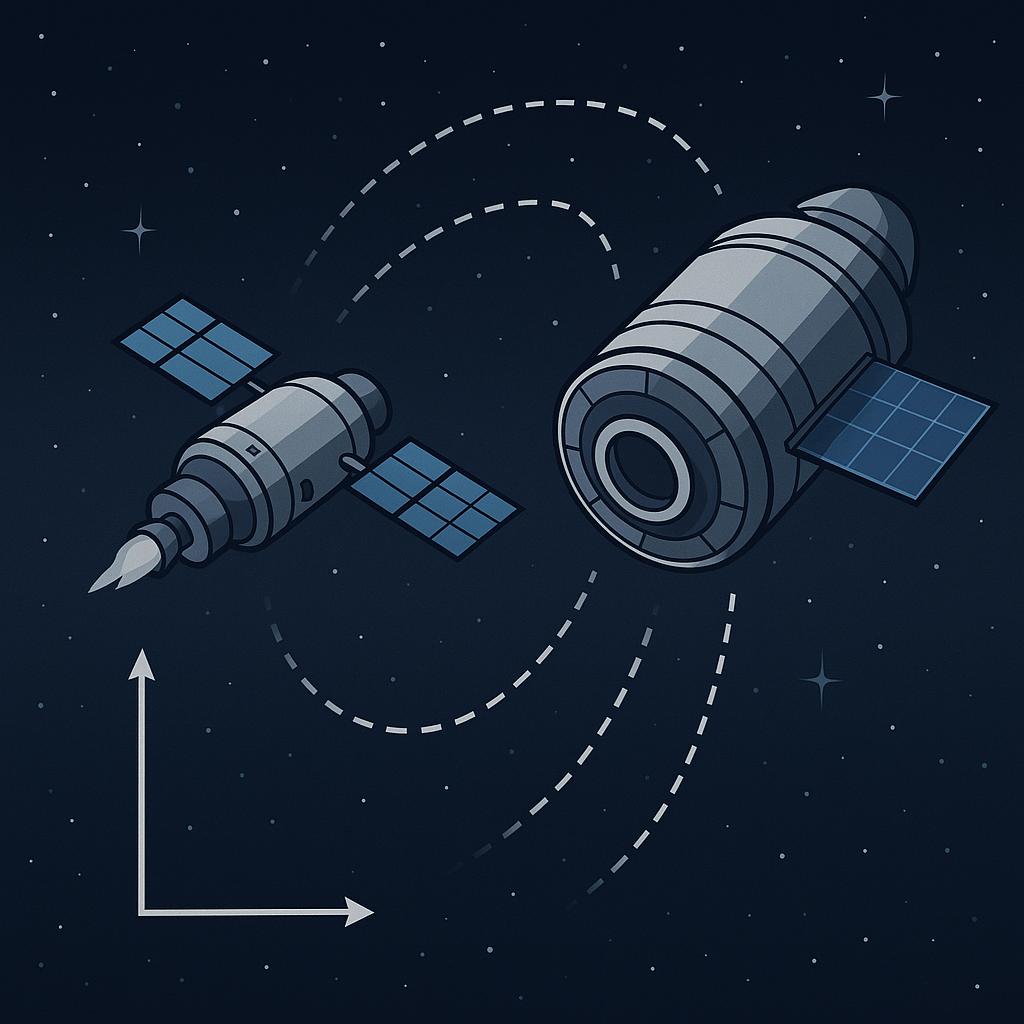· Shane Trimbur
QuHE: Quantum-Enhanced Edge Computing for Tactical Networks
QuHE framework combines quantum key distribution with homomorphic encryption for secure edge computing, offering unconditionally secure key exchange and privacy-preserving data processing for tactical networks and multi-domain C2 environments.

Researchers at Nanyang Technological University have developed QuHE (Quantum-enhanced Homomorphic Encryption), a novel framework that combines quantum key distribution (QKD) with homomorphic encryption for secure edge computing. Detailed in their paper QuHE: Optimizing Utility-Cost in Quantum Key Distribution and Homomorphic Encryption Enabled Secure Edge Computing Networks, this approach offers unconditionally secure key exchange and privacy-preserving data processing, potentially revolutionizing how we protect sensitive data in disconnected operations and multi-domain C2 environments.
Mission Impact: This isn’t just academic research—it’s a pathway to solving real operational challenges in secure tactical computing where traditional encryption fails under quantum threats.
The Bottom Line Up Front
QuHE addresses a critical gap in tactical edge computing: ensuring secure and efficient data processing in mobile edge computing (MEC) systems. When you’re running AI inference on SUAS platforms or processing ISR data in forward-deployed nodes, you need both security and performance—traditionally a zero-sum game.
Unlike classical methods, QKD provides unconditional security against eavesdropping by detecting any interception of quantum states during transmission. As quantum computers mature, current encryption methods become vulnerable. QuHE provides quantum-safe operations today, not tomorrow.
Technical Architecture: Three-Phase Approach
Phase 1: Quantum Key Distribution
- QKD securely generates and distributes symmetric keys between a key center and client nodes
- Uses quantum mechanics principles (superposition, entanglement) for unconditional security
- Replaces computationally expensive asymmetric crypto with efficient symmetric operations
Phase 2: Data Encryption & Transmission
- Client nodes encrypt data using symmetric keys from QKD
- Homomorphic encryption (HE) enables computations directly on encrypted data, ensuring data confidentiality throughout the entire computation process
- Wireless transmission maintains security during transit
Phase 3: Encrypted Processing
- Server nodes perform computations directly using homomorphic properties of CKKS encryption
- No need to decrypt data on the server side—maintains operational security
- Transciphering bridges symmetric and homomorphic encryption systems
Operational Applications
Multi-Domain C2 Systems
- Space-ground ISR fusion: Process encrypted sensor data without exposing raw intelligence
- Disconnected operations: Maintain security when beyond traditional network reach
- Coalition operations: Share processed results without exposing source methods
Edge AI & Unmanned Systems
- SUAS model tuning: Update AI models using encrypted training data
- Tactical AI deployment: Run inference on encrypted battlefield data
- ISR/C4I sensor fusion: Combine multi-sensor data while preserving classification levels
Next-Gen Combat Platforms
- Zero-trust edge meshes: Every node cryptographically verified and isolated
- Mobile compute nodes: Secure processing in contested environments
- V2X integration: Vehicle-to-everything communications with quantum-safe security
Performance Metrics
The optimization challenge involves balancing QKD network utility, minimum security level, and communication and computation costs. Their QuHE algorithm solves this non-convex, NP-hard problem using three-stage alternating optimization.
Simulation results demonstrate practical viability:
- Energy Efficiency: QuHE significantly outperformed baseline methods in energy consumption
- Security Levels: Achieved highest security scores while maintaining operational performance
- Convergence: Algorithm converges in ~34 iterations with 1.5-second runtime
- Reliability: 88% probability of achieving good solutions, 56% for optimal solutions
Resource Requirements
- Bandwidth: Tested up to 10 MHz total allocation across nodes
- Compute: Server-side processing at 20 GHz, client nodes at 3 GHz
- Power: Transmission power limited to 0.2W per node (achievable for tactical platforms)
- Network: Demonstrated on real-world SURFnet topology with 18 links, 6 routes
Acquisition & Implementation Pathway
Technology Readiness Assessment
- Quantum Infrastructure: Leverages existing fiber networks—no exotic quantum hardware required
- Encryption Standards: Built on CKKS homomorphic encryption (well-established)
- Integration Points: Designed for FDMA wireless systems (current tactical standard)
Risk Mitigation
- Dual-use Applications: Commercial edge computing validates base technology
- Incremental Deployment: Can augment existing systems without full replacement
- Standards Alignment: Compatible with emerging zero-trust architectures
Strategic Advantage
This research addresses a critical gap: no existing research addresses the trade-off between QKD network utility, minimum security level in HE, processing, and wireless transmission costs. QuHE provides the first comprehensive framework optimizing all these factors simultaneously.
For defense applications, this means:
- Operational Security: Process sensitive data without exposure risk
- Mission Continuity: Maintain capability in contested cyber environments
- Force Protection: Quantum-safe operations against future threats
- Coalition Interoperability: Secure information sharing without trust degradation
From Lab to Field
The researchers validated QuHE through extensive simulation, but the path to fielded capability requires bridging several gaps:
- Hardware Integration: Packaging QKD infrastructure for tactical deployment
- Standards Development: Ensuring interoperability across coalition systems
- Certification: Meeting defense-specific security and reliability requirements
- Training & Doctrine: Developing operational procedures for quantum-enhanced networks
Bottom Line: QuHE represents a significant step toward quantum-safe edge computing that maintains operational effectiveness. For defense technologists focused on translating research into combat power, this provides a concrete pathway to next-generation secure computing at the tactical edge.
The question isn’t whether quantum threats will emerge—it’s whether we’ll be ready with quantum-safe solutions when they do.
QuHE bridges the gap between theoretical quantum security and practical edge computing, offering a roadmap for implementing quantum-enhanced capabilities in real-world defense systems.



